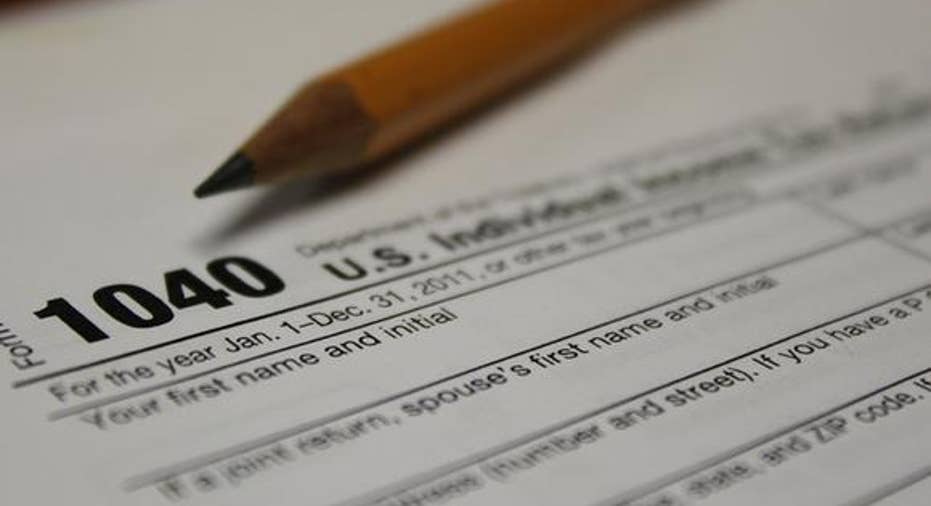10-Point Checklist for Filing Your Taxes

Photo: www.ptmoney.com via Flickr.
With the deadline to file your 2015 taxes rapidly approaching, it's more important than ever to have a plan of attack to get your return done as efficiently and accurately as possible. With that in mind, the IRS recently published a list of 10 tax-time suggestions to help you do just that. Here are their 10 to-dos, and some information to help you file your taxes on time, and get the biggest refund possible.
1. Gather your documentation. Make sure you have received all of the tax documentation you need, including W-2s, 1099s, tuition statements, and documents from your brokerage account, just to name a few possibilities. Also gather all receipts, cancelled checks, and any other records you may need to substantiate the deductions and credits you claim.
2. Report all of your income. It's tough to forget to report income from a primary job, but if you worked a part-time job or did some work on the side, it's certainly possible for some of your income to slip your mind. The IRS receives a copy of any W-2s and 1099s issued by your employer, and they'll be looking to see if the numbers match up.
3. Visit the IRS's website. The official IRS website is www.IRS.gov, and it's a great place to start if you have any questions about filing your return or what to expect afterwards. There's even a "Where's My Refund?" tool that can help you determine when you can expect your tax refund to show up in your bank account.
4. Use the tools at your disposal. In addition to "Where's My Refund," there are many other tools on the IRS website, including the Interactive Tax Assistant tool, which can give you the same answers to tax questions that an IRS representative would give over the phone. And since the IRS has admittedly been short-staffed, this may be the best bet if you need help. The IRS also maintains a directory of tax return preparers if you'd prefer to pay someone else to do your taxes.
5. Have the reference manual handy. IRS Publication 17 is the comprehensive resource that can guide you through the tax code, and it most likely contains the answers to any questions you might have. It's probably a good idea to bookmark its location, or better yet download it as an eBook.
6. Know your filing options. There are several filing options available. Obviously, you can prepare your return yourself, or pay someone to do it. Additionally, you might be eligible for free tax help through one of the IRS's two volunteer-based programs -- Volunteer Income Tax Assistance (VITA) or Tax Counseling for the Elderly (TCE).
7. If you can, try IRS Free File. If you made $62,000 or less in 2015, the IRS has a program called Free File that allows taxpayers to use name-brand software (such as TurboTax or TaxAct) to complete their returns, absolutely free. Each software provider has its own requirements, and you can see a list of them here.
8. E-File your return. If you still file your tax return the old fashioned way, consider making the leap to e-filing this year. Not only is it the fastest way to get your refund, but it's also the most accurate and secure.
9. Use direct deposit. If you insist, the IRS will mail you a tax refund check. However, having your return directly deposited into your bank account is the fastest and safest way. When combined with e-filing, the entire process from submission to receiving your refund is generally less than 21 days.
10. Review your return, and then review it again. E-filing has cut down dramatically on the frequency of tax return errors, but they still happen. Double-check that you've typed in all of the numbers from your W-2s and other documentation correctly, and that your identifying information like your Social Security number and bank account information are correct. Mistakes can slow down the processing of your refund, and could even lead to an audit in some cases.
The article 10-Point Checklist for Filing Your Taxes originally appeared on Fool.com.
Try any of our Foolish newsletter services free for 30 days. We Fools may not all hold the same opinions, but we all believe that considering a diverse range of insights makes us better investors. The Motley Fool has a disclosure policy.
Copyright 1995 - 2016 The Motley Fool, LLC. All rights reserved. The Motley Fool has a disclosure policy.